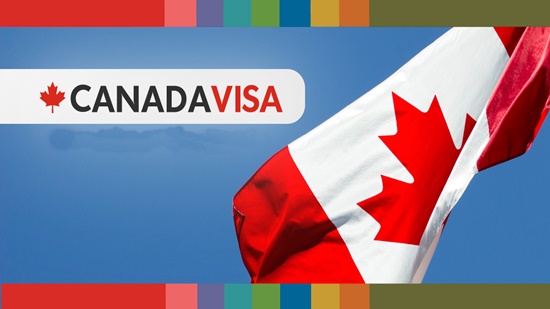NECO Commerce Past Questions And Answers (Objective and Theory)
Section A: Commerce Questions
What is the purpose of a profit and loss statement in business?
a) Evaluating liquidity
b) Assessing profitability
c) Analyzing market trends
d) Projecting future sales
Answer: b) Assessing profitability
In finance, what does the term ROI stand for?
a) Return on Investment
b) Risk of Inflation
c) Revenue Over Income
d) Rate of Inheritance
Answer: a) Return on Investment
Which type of market structure is characterized by a small number of sellers dominating the market?
a) Monopoly
b) Oligopoly
c) Monopolistic competition
d) Perfect competition
Answer: b) Oligopoly
What does the term “Blue Chip” refer to in the financial context?
a) High-value poker chips
b) Large-cap, financially stable stocks
c) Low-risk government bonds
d) New and innovative startups
Answer: b) Large-cap, financially stable stocks
Which financial ratio measures a company’s overall profitability in relation to its total assets?
a) Return on Equity (ROE)
b) Debt-to-Equity Ratio
c) Gross Profit Margin
d) Return on Assets (ROA)
Answer: d) Return on Assets (ROA)
Define the term “Market Segmentation” in marketing.
a) Combining multiple markets into one
b) Dividing a market into distinct groups of buyers
c) Reducing competition in the market
d) Increasing the overall market share
Answer: b) Dividing a market into distinct groups of buyers
What is the significance of the Federal Reserve in the U.S. economy?
a) Controlling international trade
b) Regulating financial markets
c) Setting fiscal policy
d) Managing foreign exchange rates
Answer: b) Regulating financial markets
Which inventory valuation method assumes that the first items purchased are the first ones sold?
a) FIFO (First-In-First-Out)
b) LIFO (Last-In-First-Out)
c) Weighted Average Cost
d) Specific Identification
Answer: a) FIFO (First-In-First-Out)
What is the difference between a trademark and a copyright in intellectual property law?
a) Trademark protects inventions; copyright protects brand names.
b) Trademark protects creative works; copyright protects distinctive symbols.
c) Trademark protects brand names and logos; copyright protects original artistic or literary works.
d) Trademark protects software; copyright protects business methods.
Answer: c) Trademark protects brand names and logos; copyright protects original artistic or literary works.
What role does the balance of trade play in a country’s economy?
a) Influencing interest rates
b) Determining tax policies
c) Assessing the government’s budget
d) Measuring the difference between exports and imports
Answer: d) Measuring the difference between exports and imports
Section B: Theory Questions
Discuss the concept of corporate social responsibility (CSR) and its importance in contemporary business practices.
Answer: Corporate social responsibility involves a company’s commitment to ethical behavior and contributing positively to society. It is important as it enhances the company’s reputation, fosters sustainable practices, and meets stakeholder expectations.
Explain the role of branding in marketing and how it influences consumer behavior.
Answer: Branding is a marketing strategy that creates a unique identity for a product or company. It influences consumer behavior by establishing trust, conveying quality, and creating an emotional connection, which can lead to brand loyalty.
Define the term “oligopoly” and provide examples of industries where oligopolies are common.
Answer: Oligopoly is a market structure characterized by a small number of large firms dominating the industry. Examples include the automobile, airline, and telecommunications industries, where a few major companies control the market.
What is the role of a budget in financial management, and how does it contribute to organizational success?
Answer: A budget is a financial plan that outlines expected revenues and expenditures. It contributes to success by providing financial control, allocating resources efficiently, and helping organizations achieve their financial goals.
Discuss the impact of inflation on businesses and strategies they can employ to mitigate its effects.
Answer: Inflation affects businesses by increasing costs and reducing purchasing power. Mitigation strategies include adjusting pricing strategies, investing in inflation-resistant assets, and negotiating fixed-price contracts.




